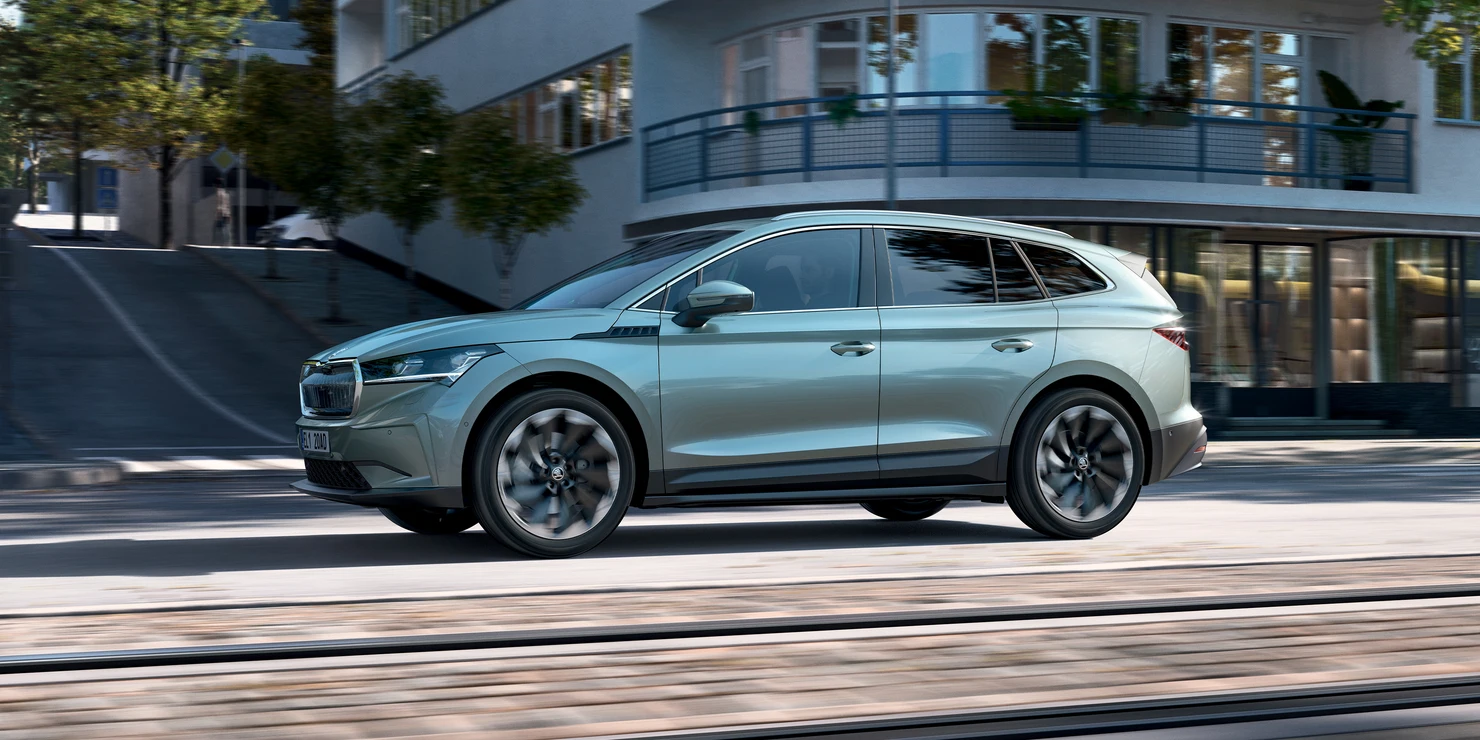As we edge closer to the pivotal year of 2025, with its crucial emissions reduction targets, the narrative we once knew is receiving a vibrant transformation. No longer is the conversation steeped in dire forecasts and hefty fines for Europe’s automotive giants. The industry has navigated the road to compliance with unexpected agility and strategic innovation.
Emission Predictions vs. Reality: A Story Retold
In bygone days, specifically around 2019, the car industry faced the imposition of the first significant emissions targets with trepidation. Many viewed the looming fines for potential non-compliance as a financial tsunami. A report by JATO Dynamics at the time painted a picture of a whopping €34 billion in penalties hanging over the heads of EU carmakers. Yet, the forecasted storm never broke. The following year witnessed an electric vehicle (EV) sales boom that shattered any expectations, with Europe leading the charge ahead of China in EV adoption, while automakers celebrated unprecedented profits.
Renault, Mercedes, VW: A Snapshot of CO2 Gaps
Now, we’re witnessing history repeat itself as we draw nearer to the moderate CO2 reduction benchmark set for 2025—this time a 15% decrease. Current sales data present an interesting tableau: Renault is a mere 9g CO2/km away from its goal, Mercedes-Benz lags by 18g, and Volkswagen is slightly further behind with a gap of 22g. This is sparking conversations, with some industry players, notably Volkswagen, publicly calling for eased targets or waived penalties, suggesting that consumer EV uptake isn’t keeping pace.
Why EV Sales Fears Are Unfounded
However, using past performance to project future outcomes isn’t always reliable. A mere few years ago, in 2018, EVs accounted for only 1% of EU27 vehicle sales. By 2020, this figure leapt to 5.4%, demonstrating that significant strides can occur in short periods. Looking ahead, it’s projected that EV sales will reach around 20% by 2025, a 31% increase from the 15% market share in 2023. It’s worth noting that the EU’s car CO2 law isn’t structured for incremental yearly enhancements; it’s designed to deliver a jolt every five years, prompting car manufacturers to strategically modulate electric vehicle production, sales initiatives, and model offerings in anticipation of regulatory requirements.
The Push for Affordable EVs
It’s true that the EV market expansion isn’t occurring at the pace some anticipated. Yet, the bottleneck is typically the scarcity of affordably-priced EVs for the mainstream consumer, not a waning interest in sustainable mobility. Encouragingly, a variety of budget-friendly electric models from Renault, Skoda, and Citroën are set to roll out by 2025, signaling a boon for those eager for a cost-effective electric ride.
Diversified Compliance Strategies
The EU’s automobile CO2 regulations offer car manufacturers a buffet of methods to achieve compliance, not solely through EV sales. Averages in CO2 emissions across a carmaker’s full sales portfolio allow for a blend of interventions, including the integration of mild hybrids and other efficiency-boosting technologies — providing a more gentle pathway to hitting 2025 targets.
Pooling to Hit Targets and Pooled Strategies
Furthermore, the regulations teem with latitude. Carmakers can opt to “pool” their sales to streamline their CO2 values, as seen with Honda, Jaguar Land Rover, and Tesla in 2022. Moreover, companies like Volvo Cars have already met their 2025 emissions targets, making them an attractive pooling partner for others. Different strategies can significantly reduce the ratio of EVs needed to avert fines. For example, Volkswagen could lower its requisite EV sales to 19% if it combined maximizing engine efficiency with a pool with Volvo Cars—or even further to 15% by joining forces with Tesla.
Multifaceted Compliance: A Tale of Success
The journey to 2025 compliance is lined with a variety of pathways, as evidenced by some carmakers’ early adherence to standards—such as Stellantis, whose lineup of smaller, more efficient engine vehicles sets it closely in step with its objectives. The 2025 target, conceived as a foundational step toward the far-reaching goals of the EU Green Deal, is proving more attainable than originally thought.
Europe’s Critical Crossroads in EV Leadership
In the grand racing spectacle to dominate the global EV marketplace, any deviation from the EU’s stringent policies propelling this advancement would be a strategic misstep for European automakers. Diluting the impact of regulatory policies could signal to other market players an opportunity for leniency, risking the unraveling of EU climate initiatives. Instead, the automotive industry’s leaders should redouble their efforts, demonstrating to global competitors and stakeholders alike that they are formidable contenders in the electrification marathon.
With a multitude of avenues leading to the 2025 finish line, car manufacturers aren’t boxed in by a singular path. They hold the keys to a compliant, greener future—the journey there is theirs to define.
